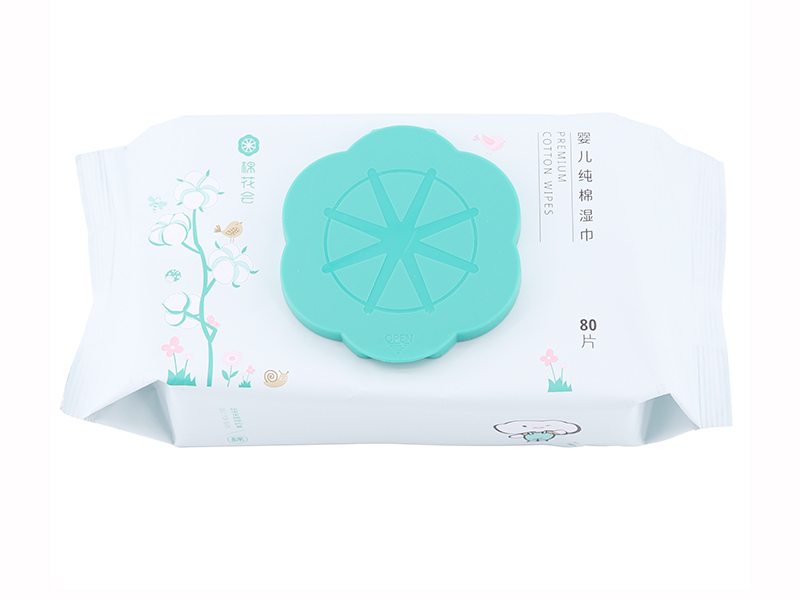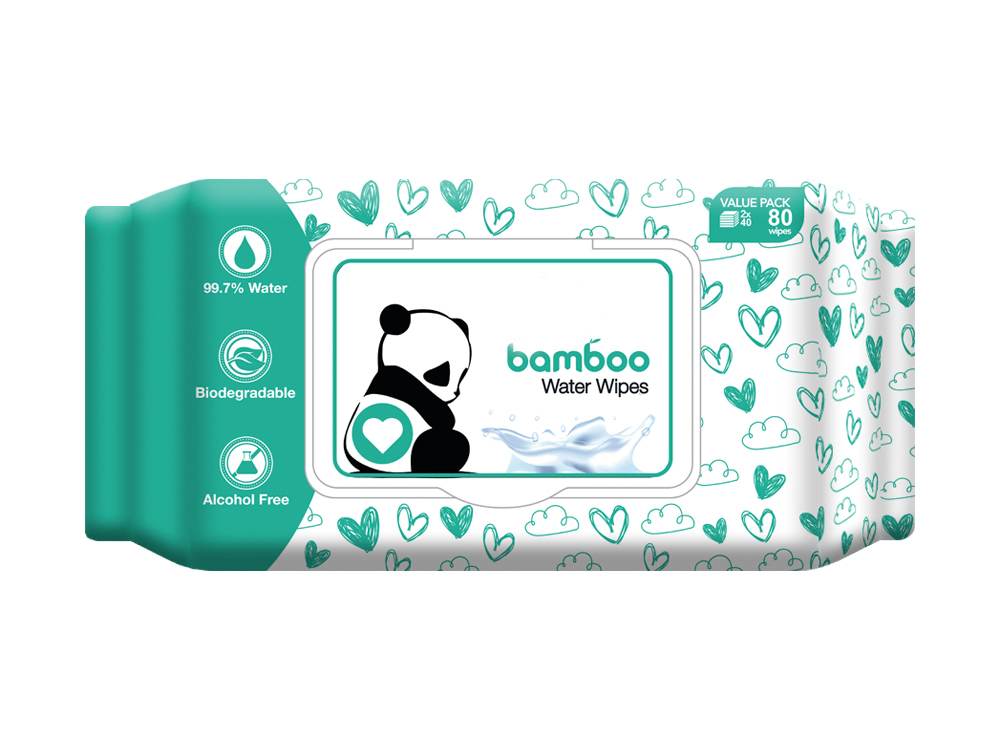In April 2022, the Ministry of Industry and Information Technology and the National Development and Reform Commission issued the "Guiding Opinions on the High-quality Development of the Industrial Textile Industry". Focusing on the key tasks of the "Guiding Opinions", in the new wave of scientific and technological revolution, the industry has reshaped production methods, product forms and service models in an unprecedented way, giving birth to a new quality of productivity.
Standing in the final year of the "14th Five-Year Plan" and the key year of planning the development of the "15th Five-Year Plan", the [14th Five-Year Plan High-quality Development Documentary] column will sort out the phased achievements made in many aspects during the "14th Five-Year Plan" period of the industry, and show the new progress and new results made by industry enterprises in the process of high-quality development with chapters such as "industry vane", "enterprise arena" and "science and technology prism".
At present, the spunlace nonwovens industry is in the critical development stage of "technological innovation and green transformation resonance, domestic upgrading and international game intertwining", technological innovation and intelligent transformation are accelerating, promoting products to high value-added and green upgrading; The tightening of environmental protection regulations has forced enterprises to deepen their green transformation, and their differentiated innovation capabilities have been significantly enhanced. At the same time, it is also facing challenges such as intensifying international market games, tariff barriers and competitive pressure in high-end fields. In 2024, our country's spunlace nonwovens industry will enter a recovery growth cycle, showing a unique development trend in terms of production capacity structure, product segmentation, and regional layout.
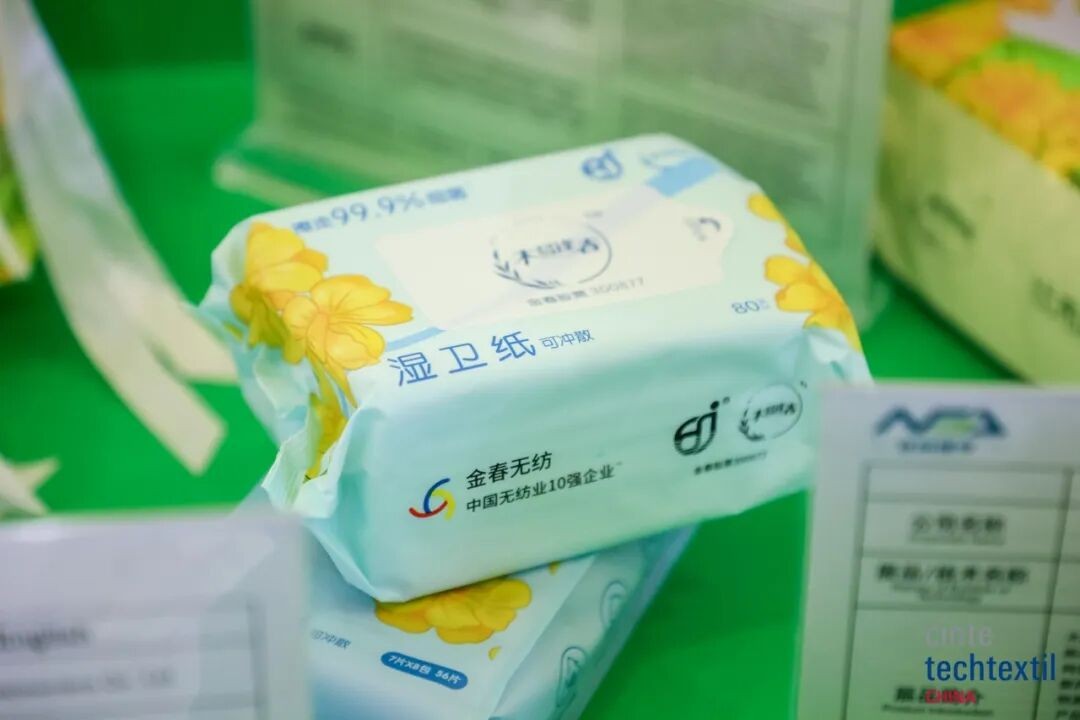

Part.01 From rapid growth to stability
Looking back at the development of spunlace nonwovens in recent years, it can be said that the industry has experienced a magnificent turn from rapid growth to deep adjustment. It is particularly worth mentioning that during the epidemic, spunlace nonwovens-related products have become important materials to protect the life and health of medical staff and consumers due to their protection, hygiene and other characteristics, ushering in a surge in market demand, directly driving the rapid expansion of industry production capacity, and the industry ushered in unprecedented development opportunities, with output and profits soaring.
In the post-epidemic era, the market supply and demand relationship is gradually adjusted, and the industry has entered a period of deep adjustment. After a short period of industrial adjustment, the spunlace nonwovens industry has entered a new stage of steady progress, showing strong resilience and potential.
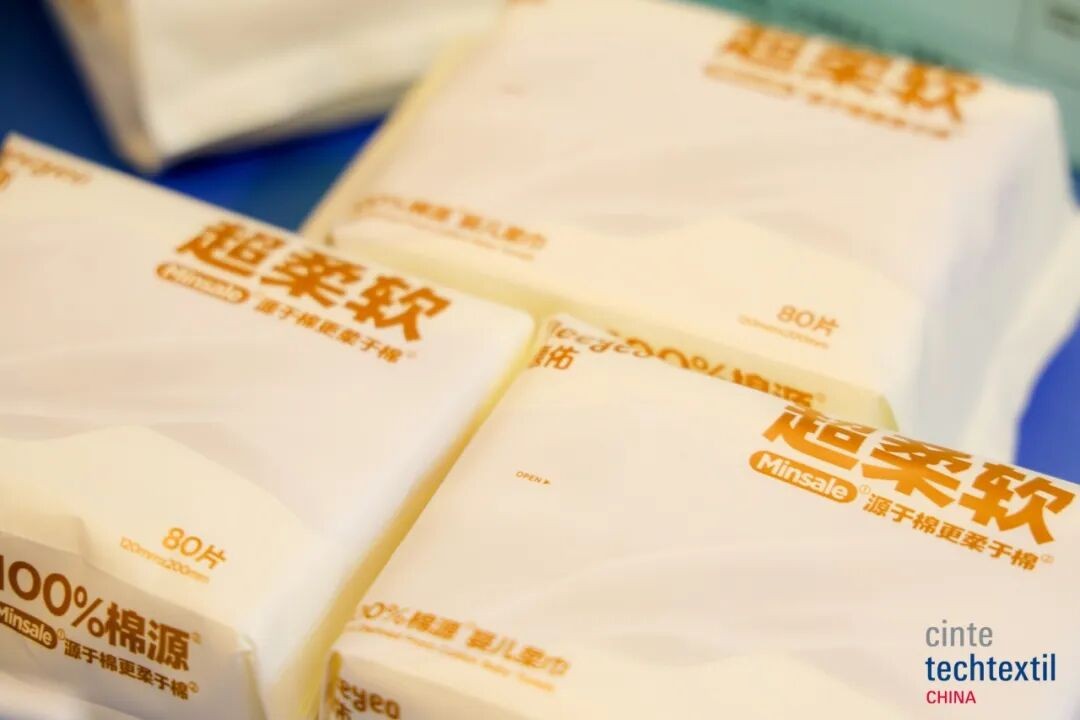

In 2024, the output of the spunlace nonwovens industry will maintain growth resilience, but the production capacity structure will show obvious differentiated characteristics.
According to the statistical analysis of the China Industrial Textiles Industry Association, in 2024, our country's total output of nonwovens will be 8.561 million tons, a year-on-year increase of 5.1%, of which the output of spunlace nonwovens will reach 1.665 million tons, a year-on-year increase of 8.1%. In terms of production capacity layout, the handover spunlace production line occupies about 60% of the market share, while the direct paving production line accounts for 40%. It is worth noting that although new investment is still concentrated in traditional fields such as wiping materials and medical and health products, high-performance production lines such as wood pulp spunlace composite and flushable nonwovens are becoming new hot spots in the layout of enterprises.
In terms of revenue, the main business revenue and total profit of the sample companies in 2024 will increase by 6.8% and 9.9% respectively, but the profit margin will only be 1.6%, and the profitability of the enterprise will still hover at a low level. This is mainly due to the serious homogeneous competition in traditional fields, the rigid rise in cost pressure, and the hedging impact of export tariffs. Under the low price competition of e-commerce platforms, the price pressure of terminal products is transmitted to the upstream of the supply chain. At the same time, fluctuations in raw material prices and increased shipping costs have further compressed profit margins.
Part.02 The dual play of technological innovation and green transformation
In the critical stage of rapid growth and deep adjustment of the spunlace nonwovens market, the industry has ushered in unprecedented technological innovation.
With the acceleration of intelligent transformation, products are upgrading in the direction of high added value and greening. Enterprises have increased investment in R&D, focusing on technological innovation and product upgrading, and using advanced technologies such as big data and artificial intelligence to improve production efficiency and innovative technology iteration capabilities. For example, the automation and precision of the production process are realized through intelligent control systems, greatly improving product quality and production efficiency.
Green environmental protection has always been a core issue that spunlace nonwovens and even the entire nonwovens industry cannot bypass. In the face of the tightening of environmental regulations and the mainstream trend of global green development, the spunlace nonwovens industry is also actively promoting green transformation.

Enterprises have adopted green energy such as solar and wind energy to optimize production processes and reduce carbon emissions and pollutant emissions in the production process. At the same time, accelerate the upgrading and digital transformation of production equipment, and make every effort to build green factories. By creating an environmentally friendly production model and product system, the company not only responds to the requirements of the national environmental protection policy, but also wins the recognition of the market and society.
In terms of industrial layout, the spunlace nonwovens industry shows the intensive characteristics of "core leading and emerging forces". Zhejiang, Jiangsu, Shandong, Hubei, Henan and other places have become the core areas of industrial agglomeration. Among them, Zhejiang leads the country with its first-mover advantage, while Shandong and Hubei have become new engines for industry growth. Especially in Hubei, relying on the agglomeration effect of enterprises, the production capacity of cotton spunlace nonwovens accounts for more than 70% of the country's total. Xinjiang has become an emerging growth pole by relying on the advantages of cellulose fiber, cotton resources and low energy costs.
In the international market, our country's spunlace nonwovens industry continues to have strong global competitiveness. In 2024, our country's spunlace nonwovens exports will be about US$910 million, with an export volume of 403,000 tons, a year-on-year increase of 6.1% and 10.8% respectively. However, the challenges of international market games cannot be ignored. Under the influence of tariff barriers and trade protectionism, the development of emerging markets has shown a differentiated pattern, and the market entry threshold in some regions has been raised. At the same time, in the field of high-end applications, our country enterprises are still facing strong competition from European and American international brands.
Part.03 Structural adjustment and industrial reshaping threshold
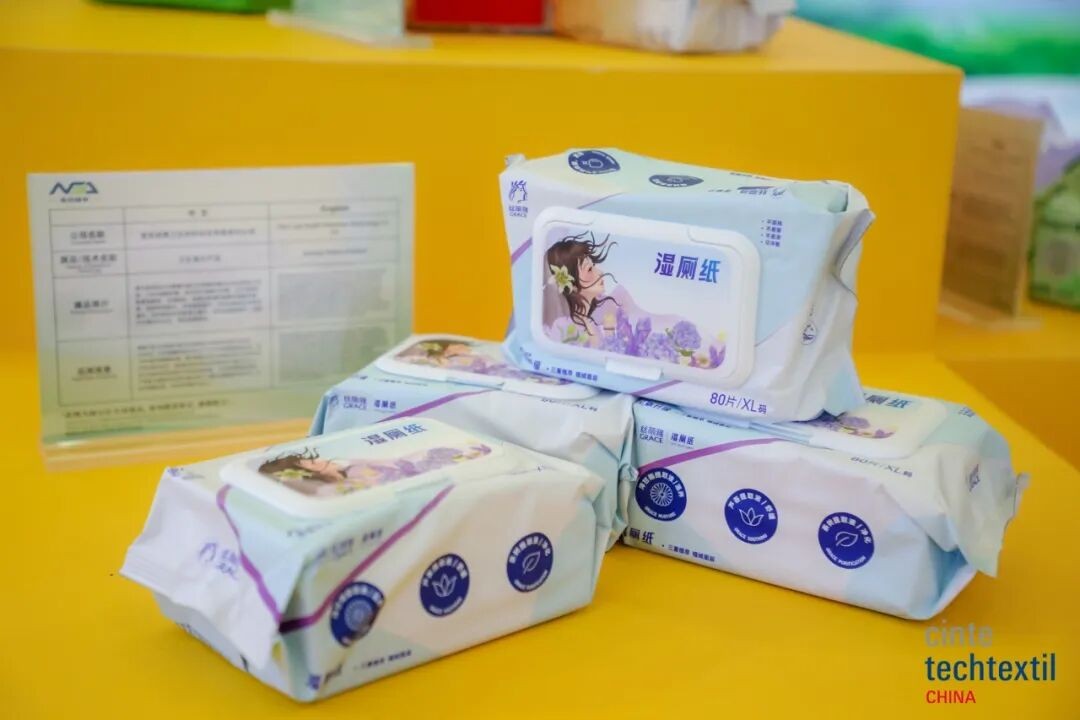
At present, the spunlace industry is breeding a new round of growth momentum with a complete industrial chain foundation, a huge domestic demand market and continuous accumulation of technological innovation capabilities, but it is also facing challenges such as overcapacity "involution", increased export tariffs, product homogenization, raw material price fluctuations, and stricter environmental protection. Combined with the preliminary research and practice, the Spunlace Nonwovens Branch of China Industrial Textile Industry Association put forward four suggestions:
1. Reduce low-price involution and improve profitability through refined management. At present, China's spunlace nonwovens industry is facing the problem of rapid growth of production capacity, which has an impact on the market supply and demand system after the concentrated release of production capacity, resulting in increasingly fierce competition in the industry. The "involution" low-price competition not only caused the overall profitability of the industry to decline sharply, but even some enterprises fell into the dilemma of loss-making operation, which seriously affected the development confidence and long-term development ability of enterprises. Therefore, it is recommended that member units rationally plan production capacity, strengthen market research and judgment, and get rid of the quagmire of low-price competition and achieve healthy development through refined management means such as optimizing production processes, reducing operating costs, and enhancing product added value.
2. Increase investment in R&D and empower digital intelligence to break through development bottlenecks. At present, multiple factors such as fluctuations in raw material prices, rising labor costs, tightening environmental protection policies, and product homogeneity competition have brought considerable pressure to the development of enterprises. In this context, member units should increase R&D investment and focus on technological innovation and product upgrading. At the same time, we actively embrace the wave of digitalization and intelligence, use advanced technologies such as big data and artificial intelligence to improve production efficiency and innovative technology iteration capabilities, continuously explore new application markets, fundamentally improve the core competitiveness of enterprises, and gain a firm foothold in the complex market environment.
3. Promote green transformation and seize market opportunities with sustainable development. Green development has become the mainstream trend of global industrial development, and the spunlace nonwovens industry also needs to fully practice the concept of green development. It is recommended that member units accelerate the upgrading and digital transformation of production equipment, actively adopt green energy such as solar and wind energy, optimize production processes, reduce carbon emissions and pollutant emissions in the production process, and make every effort to build green factories. By creating an environmentally friendly production model and product system, we can build a unique ecological competitiveness, which can not only respond to the requirements of national environmental protection policies, but also win the recognition of the market and society and achieve sustainable development.
4. Strengthen talent construction and support industry upgrading with high-quality teams. our country's spunlace nonwovens industry is in a critical period of structural adjustment, industrial upgrading and industry reshaping, and the role of talents is crucial in this process. Whether it is technology research and development, production management, market development, and international cooperation, high-quality professionals are needed as support. It is recommended that member units establish and improve the talent training and introduction mechanism, strengthen cooperation with universities and scientific research institutes, cultivate compound talents who understand both industry technology and market laws, and improve the incentive mechanism to retain core talents and lay a solid talent foundation for the long-term development of enterprises and the transformation and upgrading of the industry.
From cracking low-price involution to embracing digital intelligence innovation, from promoting green transformation to consolidating the foundation of talents, every step requires the industry to break down barriers and make concerted efforts. From rapid growth to steady progress, from technological innovation to green transformation, the spunlace nonwovens industry is meeting the challenges and opportunities of the future with a new attitude.


 中文简体
中文简体 English
English 日本語
日本語 русский
русский Español
Español



